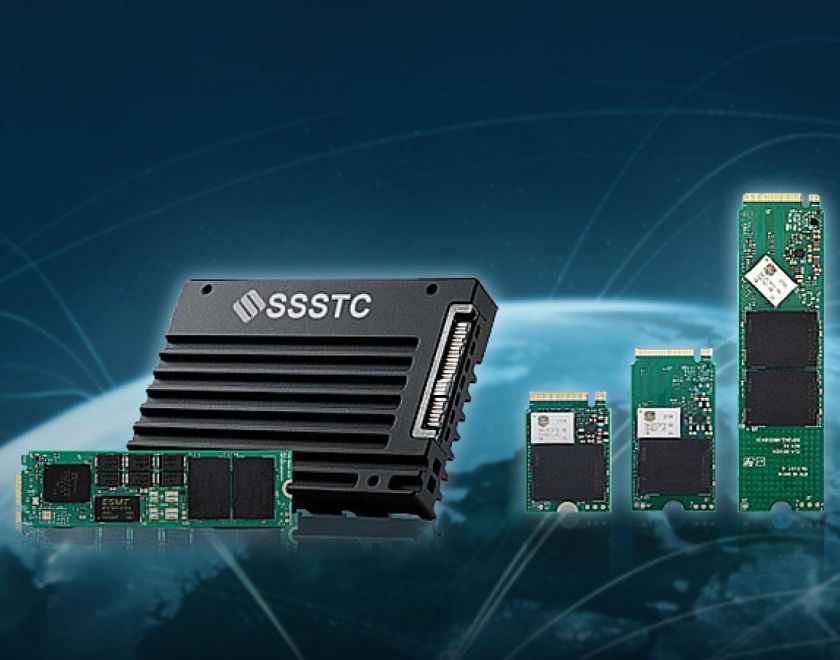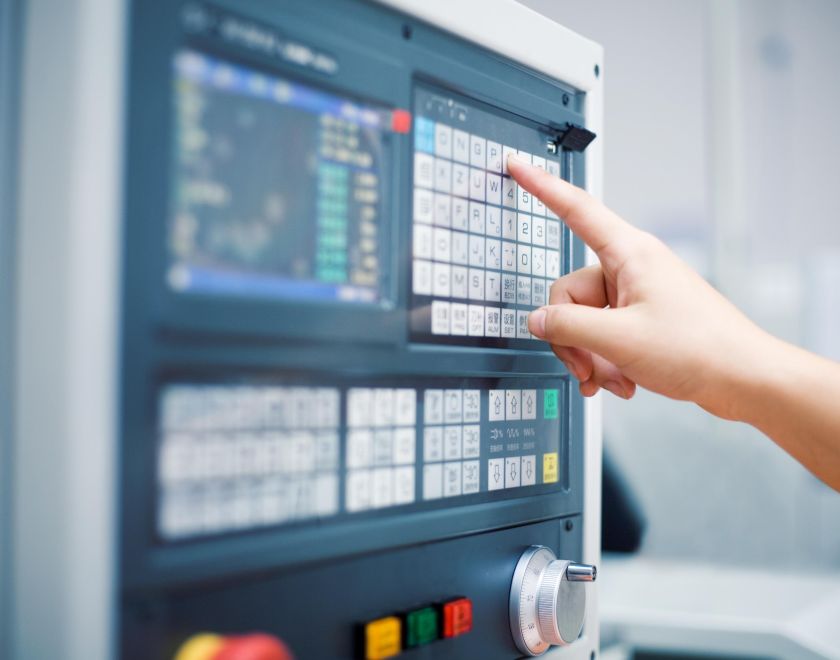Inside SSDs: The Comprehensive Guide to How Solid-State Drives Operate
SSD Working Principle: Understanding the Inner Workings of Solid-State Drives
Solid State Drives (SSDs) have revolutionized the storage industry, offering faster and more reliable performance compared to traditional hard disk drives (HDDs). In this article, we will explore the operational principles behind SSDs, shedding light on their inner workings and advantages.
SSD Operation Principle
- NAND Flash Memory
SSDs utilize NAND flash memory, which stores data in a non-volatile manner. These memory cells are organized into pages and blocks, forming the basic structure of the SSD.
- Controller
The controller manages the overall operation of the SSD and facilitates data transfer between the computer and the NAND flash memory. It performs essential functions such as error correction, wear-leveling, and garbage collection to optimize performance and prolong the drive's lifespan.
How Does an SSD Work?
- Read Operations
When data needs to be retrieved from an SSD, the controller locates the specific memory cells and activates the appropriate transistors. This process, called "read," measures the charge stored in the memory cells to reconstruct the original information.
- Write Operations
When data needs to be written to an SSD, the controller prepares the target memory cells by erasing them. Then, it modifies the charge state of the cells by applying a high voltage and injecting electrons. This process, known as "write," adjusts the charges in the memory cells to store the data.
Advantages of SSDs
- Speed
SSDs offer exceptional speed due to their lack of moving parts. This results in faster boot times, quicker file transfers, and smoother overall system performance. For instance, the CL6 M.2 SSD, known for its high-speed performance, provides an outstanding example of how SSD technology has evolved, making data access almost instantaneous. - Durability
SSDs are more resistant to physical shock and vibration compared to HDDs. The absence of moving components makes them less susceptible to damage caused by drops or accidental impacts, ensuring data integrity and device longevity. Products like CL6 M.2 SSD are designed with durability in mind, offering robust protection for your stored data. - Energy Efficiency
SSDs require less power to operate, making them more energy efficient. This advantage contributes to extended battery life and improved overall efficiency, particularly for laptops and portable devices. For those seeking a balance between performance and energy consumption, CL6 M.2 SSD can be an ideal choice.
Solid State Drives (SSDs) utilize NAND flash memory and a powerful controller to provide faster performance, enhanced durability, and improved energy efficiency compared to traditional hard drives. Examples such as the CL6 M.2 SSD illustrate the state-of-the-art capabilities that modern SSDs offer. Understanding the working principle of SSDs allows for informed decision-making when selecting storage devices. With their exceptional speed and reliability, SSDs are undoubtedly the future of data storage.
SSSTC provides the best quality, competitive cost mainstream storage products with superior customized service.Contact us to find more enterprise SSD or industrial SSD solutions.


__24C05D67dI.webp)
__24C15hqqtC.png)
__24C15wOdCC.png)

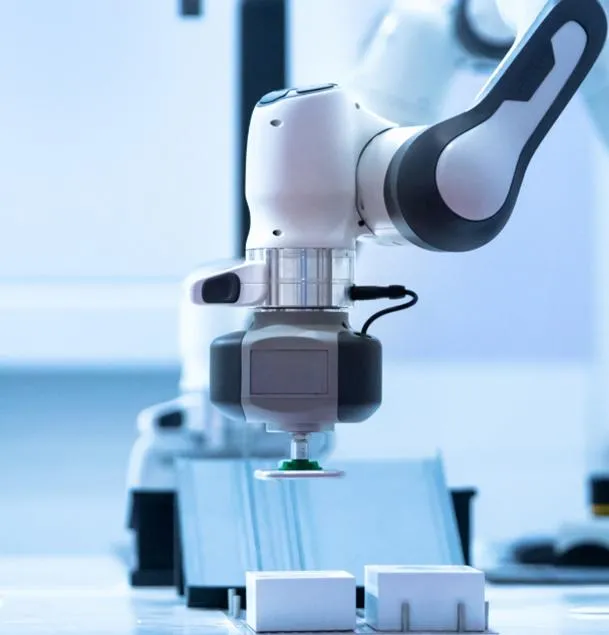







__24C05XQ2my.jpg)
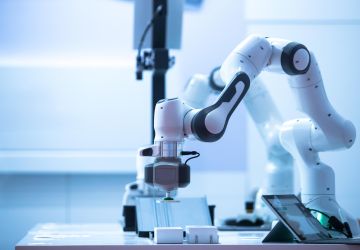

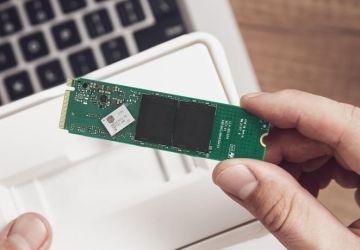



__24C05fplcZ.png)
__24C05vgHYC.png)
